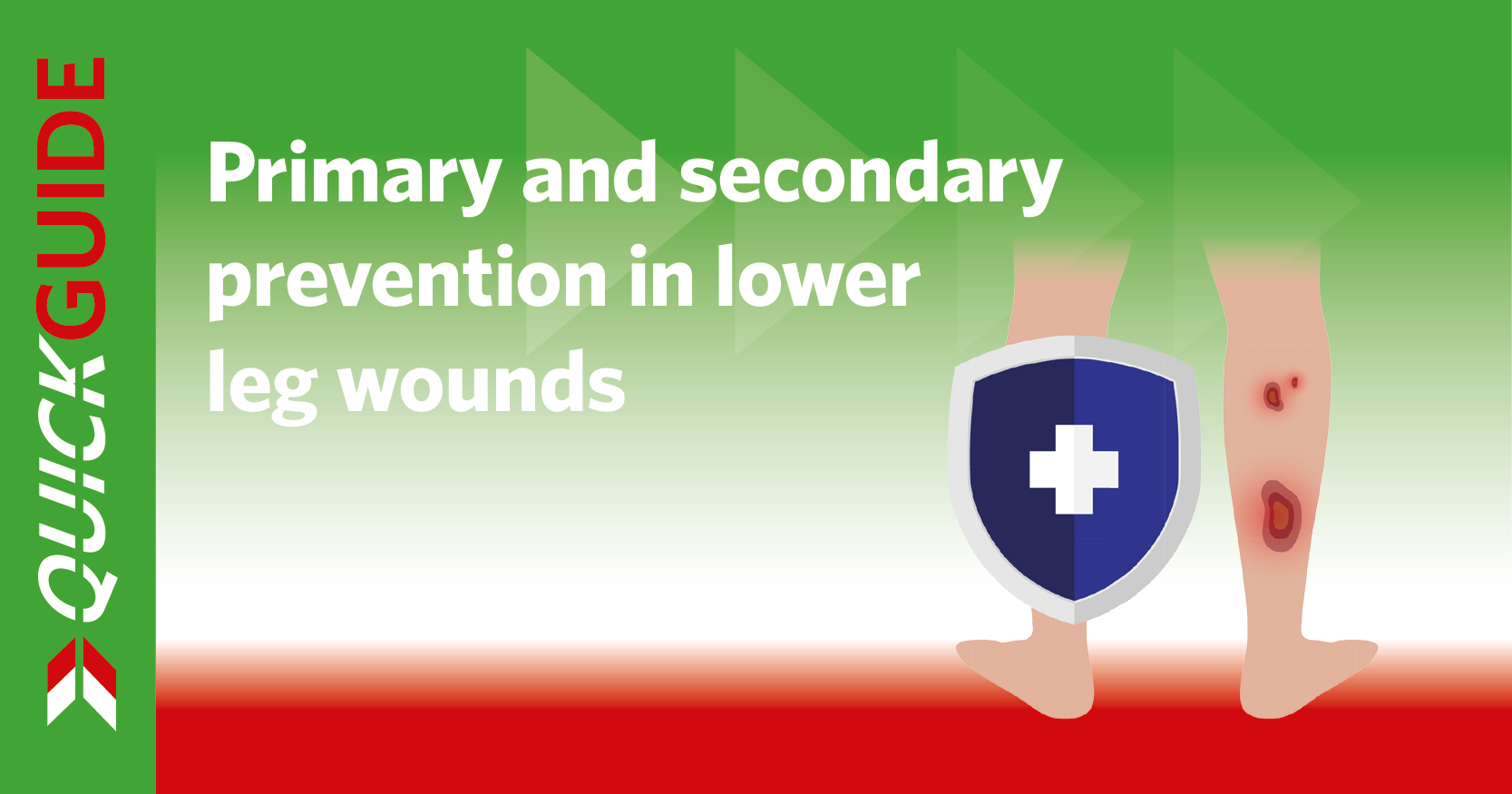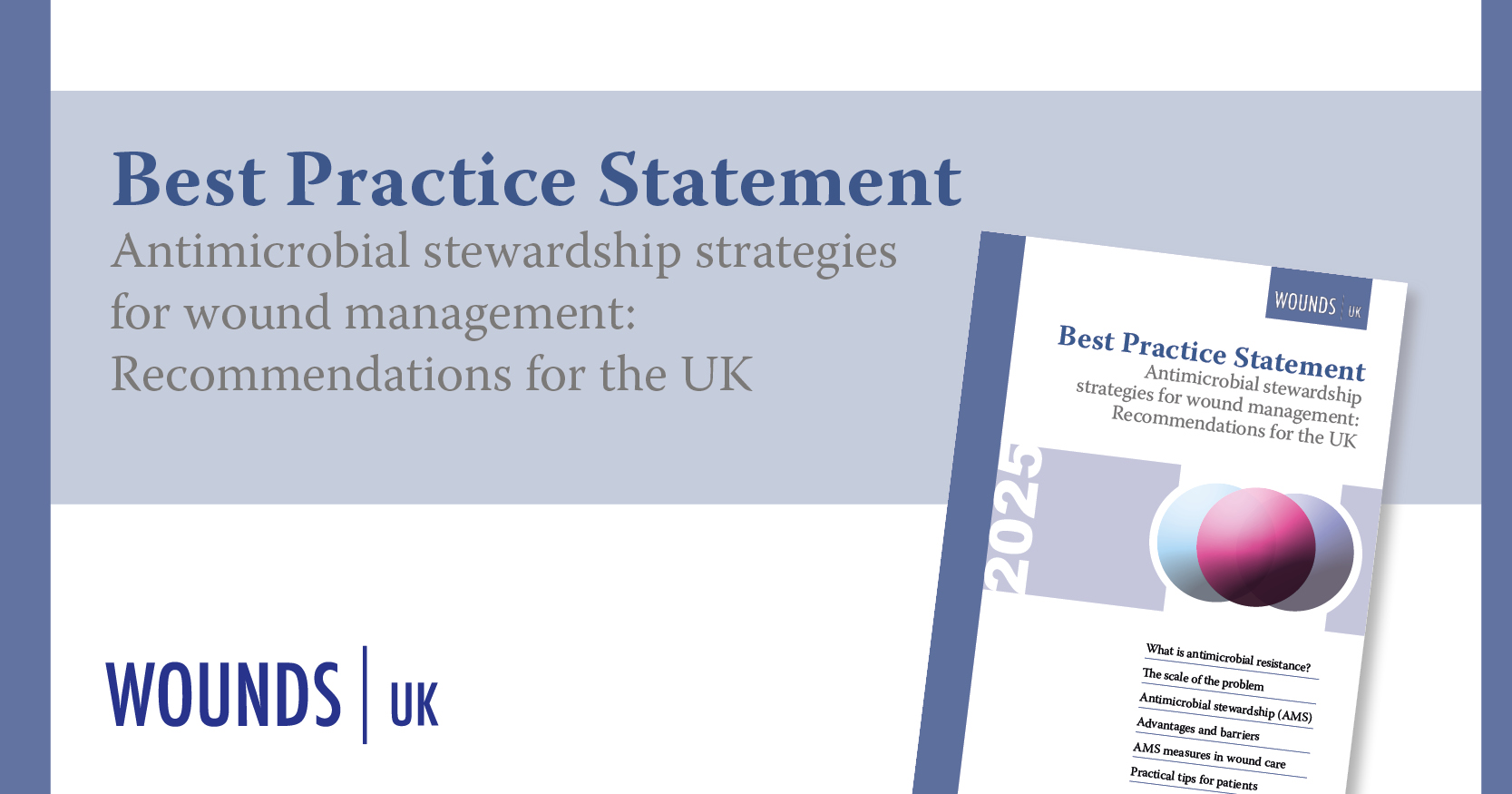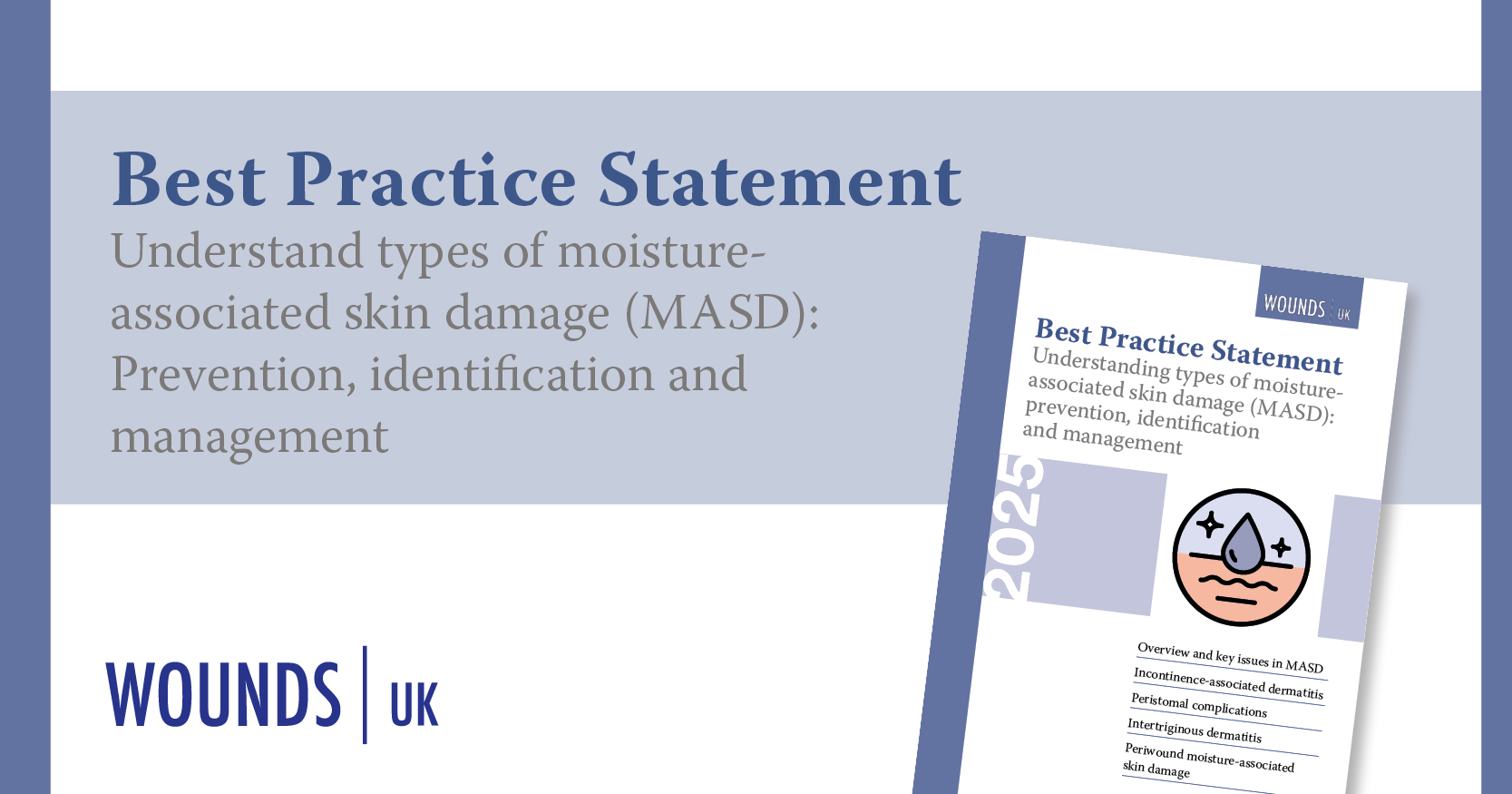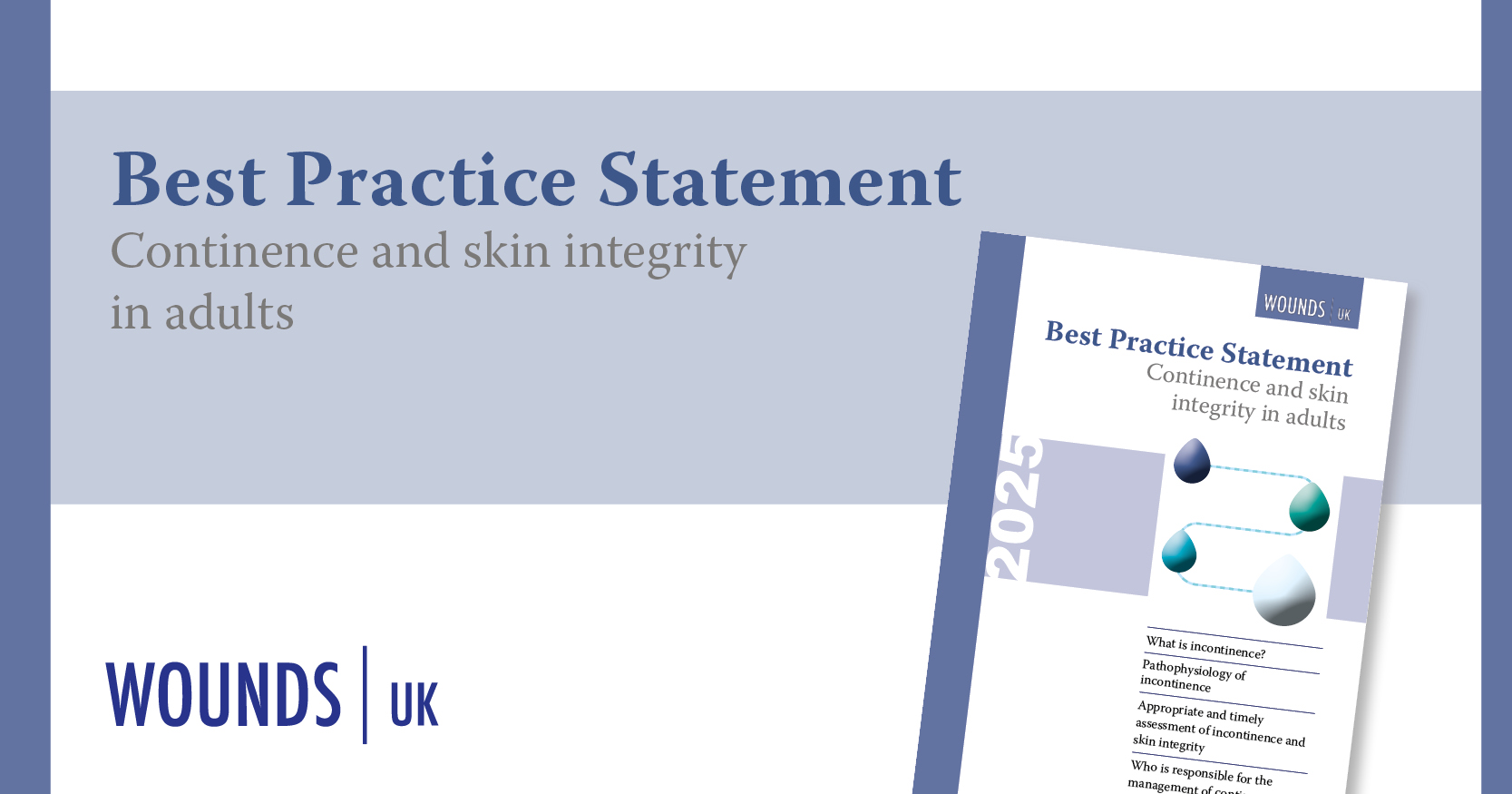There is a need for a change of mindset that focuses on primary and secondary prevention of lower limb wounds, rather than management, to improve patient quality of life.
Primary prevention focuses on preventing wounds before they occur by addressing and reducing risk factors. Secondary prevention in primary care settings involves the early detection and management of wounds to prevent their development and recurrence.
- Primary prevention: Highlight strategies to prevent the initial occurrence of wounds, such as maintaining skin integrity and managing underlying health conditions.
When a patient presents with early signs of swelling, it is important to address these
Adopt a proactive approach, similar to pressure ulcer prevention models, which have shown significant reductions in prevalence.
- Secondary prevention: Implement measures to support early detection of wounds and to prevent the recurrence of wounds, including regular monitoring and appropriate interventions for patients with a history of lower limb wounds.
Extend focus beyond wound healing to encompass primary and secondary prevention. Change the approach from managing existing wounds to preventing their occurrence.
This is an opportunity to refer patients to any additional resources or services they may require. It is also important for patients to gain an understanding of their condition and the significance of continued treatment to prevent ulceration from developing. Establishing a partnership with the patient is key.
Whatever your healthcare role (e.g. Midwives, Practice Nurses), there is an opportunity to support leg health — how many of your patients are at risk?
Prevention is everyone’s business.
Download the full Quick Guide below





